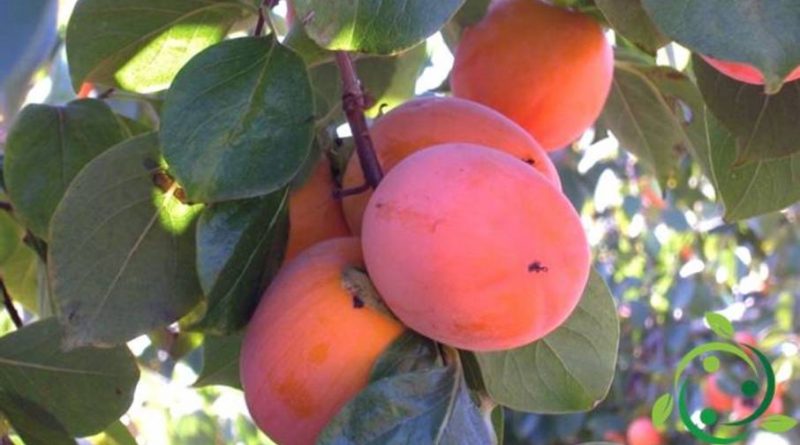How to grow the kaki in a biological way
How to grow the kaki in a biological way
For the cultivation of Kaki (Diospyros kaki L.) in a natural way and without the use of chemistry we need to know carefully the physiology and needs of this plant.
It is a tree that can reach considerable size and great longevity; in this plant we can distinguish branches with wood, mixed branches and brindilli, with mixed buds inserted at the apex of the branch. There are monoic subjects, dioicisms and intermediates, then hermaphroditic flowers, pistilliferes, staminifera; solitary female flowers, while the hermaphrodites can also be in three-headed inflorescences (where the two lateral ones are masculine), and finally the masculine ones are in triple-headed inflorescences. However, flowering occurs on the branches of the year.
For the choice of the area where to cultivate the Kaki take into account that it is not very resistant to the cold, even if it can withstand -15 ° C and can not stand the late frosts. Windy areas must be avoided because they can lead to the breaking of branches loaded with fruit. It loves loose soils, well drained, not salty (especially sodium) and rich in Boron and in sunny areas.
The propagation of khaki is done by grafting with a marza, whereas for the cuttings it is difficult due to the low rizogenic activity. For rootstocks, especially in the milder climatic zones (and therefore more suitable, we recommend the Diospyrus kaki.
For the plantation (to be done in the autumn period) you can dig holes of 40 x 40 x 40 in which to bury organic substance (such as mature manure, earthworm humus, etc.) in quantities of 4-5 kg per hole. For the sixth you choose the 5 x 6. The maintenance fertilization should be done taking into account that it is a plant that loves nitrogen but considering that this should never be put in the form of nitrates (For the increase of many plant diseases such as cochineals and aphids and for the food toxicity of this food), then every year in the winter period reintegrate the content in organic matter and for the mineral inputs use the ashes obtained by burning the branches; mixing between the two components is highly recommended. For the form of breeding we recommend the palmette that facilitates the harvest. For irrigation this is only necessary in case of rescue and necessity. For the pruning the branches that have already produced, in a balanced way and in order to let air inside.
For harvesting, the appropriate period is between October and November and must be done with the complete color change of the skin to yellow color together with a physiological maturation.
It is a plant that cultivated in these conditions has no particular plant diseases; among these, however, we remember the bacterial root tumor of difficult solution if it occurs and the fruit fly. For the latter, specially constructed traps can be used. For the sesia it is possible to carry out autumn treatments with natural white oil or with the use of an entomoparasite Nematode (Neoaplectana (Steinemema) feltiae).

